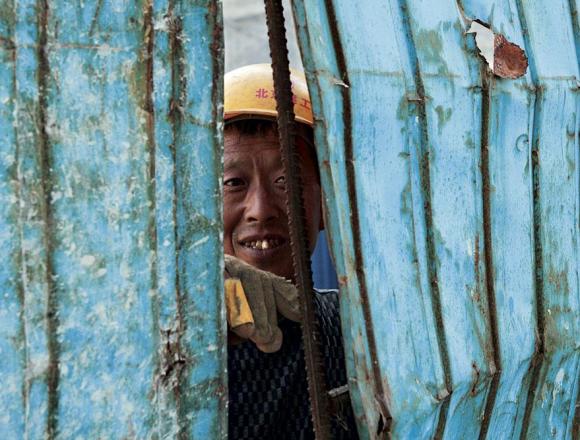A text based on the state council materials: "China's modern trends and policies in the rare earth industry" at present, China, which accounts for 23% of the global reserves of rare earth resources, satisfies over 90% of the global demand for rare earth elements. China produces more than 70% of global materials and components for permanent magnets, phosphor, materials for hydrogen storage and materials for composite polishes.
For more than half a century, China has continued its intensive mining of rare earth metals (REM), and the consequence has been a reduction of mineral reserves. In particular, in northern China, the main mine at Baotou now contains only a third of the original reserves. The pursuit of quick and easy profits leads to low production efficiency and more waste. In the mines in southern China, the recovery of the tailings of ion-absorption ores does not reach 50 %, and the extraction of useful components in the processing of rare earth ore in Baotou is only 10%.
Although at this time quite an advanced in-situ leaching method is used, the production process inevitably entails great industrial waste of ammonia and heavy metals. Elimination of the consequences of pollution and the ecological rehabilitation of affected areas remain relevant and serious problems for a number of zones utilised for mining and the production of REM.
The state supports the development and adoption of effective, ‘green’ extraction technologies with high recovery of deposits, the introduction of new equipment and methods of flotation which allow the enhancement of the production of rare earth metals and the restoration of rare earth ores and tailings. The state supports the projects related to the consumption of light rare earth lanthanum and cerium, the stocks of which are relatively large. The government also requires the industry to accelerate the development of technologies that would help to reduce the consumption of such scarce medium and heavy rare earth metals, as europium, terbium and dysprosium, or replace them with other metals. Moreover, the government encourages the development of effective methods, techniques and equipment for the collection, recycling , waste separation and purification of rare earth metals, as well as their re-use.
The Chinese government strictly controls the extraction and the production volume of REM, and imposes restrictions on their extraction, production, consumption and exportation. It sets rational annual export quotas sufficient to meet the standard requirements of the world market in REM. China has simultaneously tightened customs control, standardised the declaration procedure, and requires enterprises (REM exporters) to follow industrial policy, industry regulations and environmental standards.
When approving REM projects dealing with the establishment of new industries, expansion or changes in the scale of economic activity, it is compulsory to analyse and evaluate the potential environmental impact, as well as to put forward measures to prevent and reduce environmental damage.
